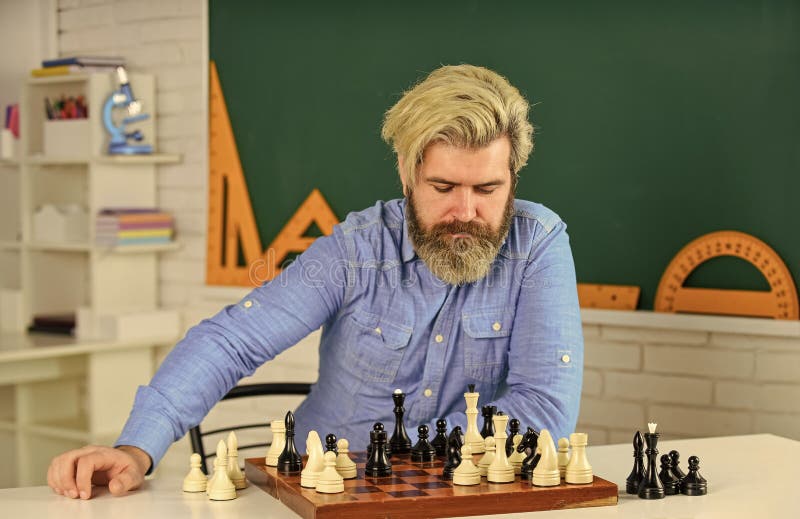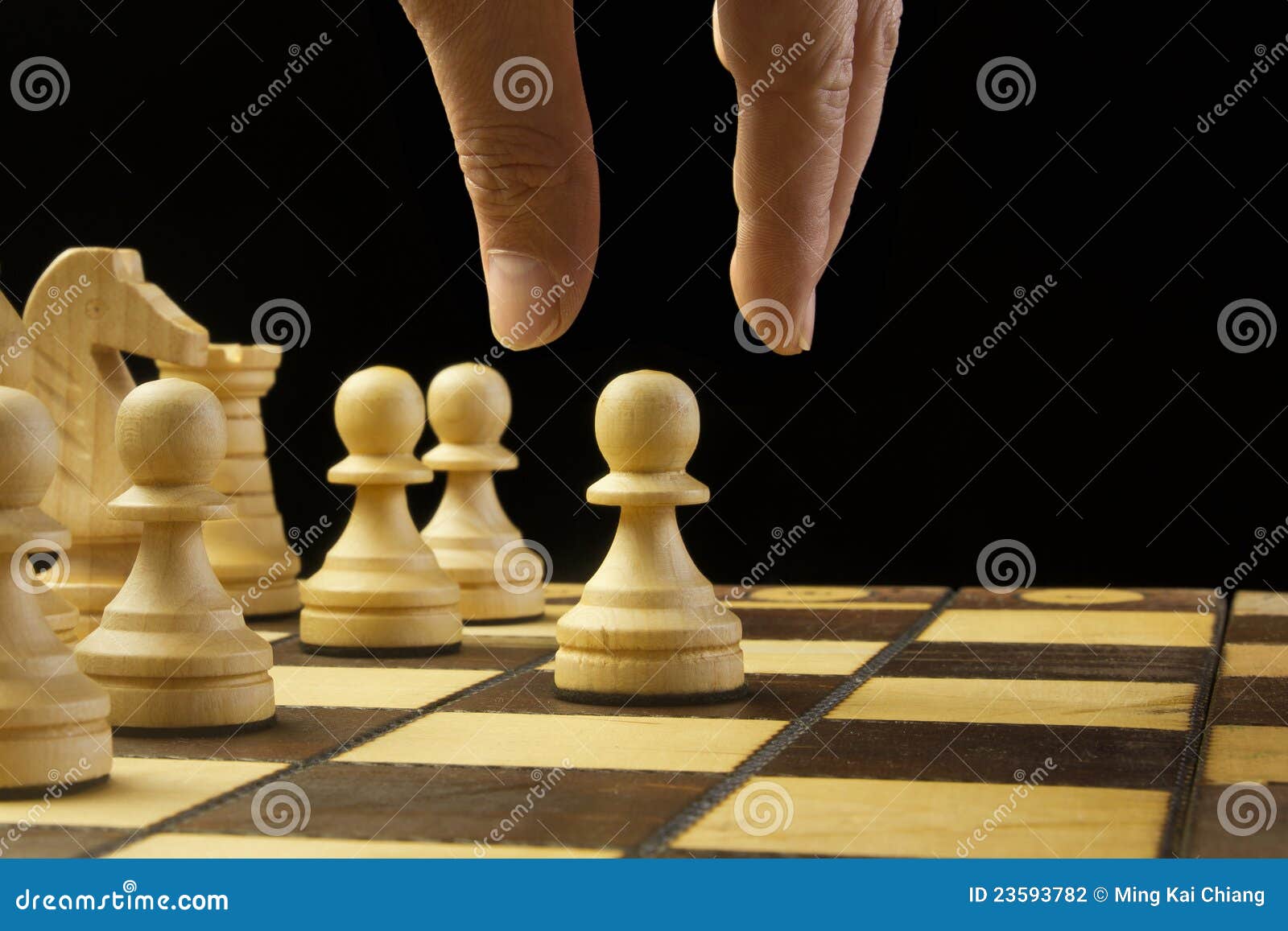


Elon Musk, co-founder of Tesla Motors and founder of SpaceX, has called AI “our biggest existential threat.”
Next step chess movie#
Is AI more than just a game? Could it actually do harm? Some critics have compared AlphaGo to Skynet, a fictional system in the Terminator movie series that tries to eradicate humanity. “AlphaGo is able to use ‘intuition’ to play the game at world champion level, something that people thought would not be possible for at least a decade,” Charina Choi, an engineer at Google DeepMind, noted via e-mail. He did claim victory in game four, but the computer ended the match with another triumph, making the final score 4-1. Sedol was forced to withdraw from the first three games after being outplayed by AlphaGo. The five-game match began on March 9 at the Four Seasons Hotel in Seoul, and continued through March 15. “There are more configurations on the board than there are atoms in the universe,” said Demis Hassabis, the CEO of Google DeepMind.Īfter being challenged to the match by Google DeepMind, Sedol said, “I am confident that I can win.” But during the first game, the South Korean realized that he had underestimated his opponent. While the rules may seem simple, Go is incredibly complex. The objective is to capture an opponent’s stones and build territory by surrounding empty space on a 19” x 19” grid. Unlike chess, however, which typically offers a player an option of 20 moves, Go presents a player with about 200 possible moves. Go is a board game that is similar to chess. This month, AlphaGo, a computer program developed by Google DeepMind, defeated one of the world’s top players, Lee Sedol, in a game of Go. Now, two decades later, another milestone has been reached. Deep Blue went on to defeat Kasparov in a 1997 rematch. Although Deep Blue ultimately lost the match to Kasparov, a new era in artificial intelligence (AI) was ushered in. On February 10, 1996, Deep Blue, a supercomputer developed by IBM, stunned the world after winning the first game in a chess match against champion Garry Kasparov. This entry was posted in Lesson by dgookin. I continue this exploration with next week’s Lesson. The next step is to translate a chessboard from the real world into the data a C program can manipulate. Like any complex programming task, it’s best handled one step at a time. Over the next few Lessons, I’ll expand upon the notion of moving a knight on a chessboard. If you know the piece’s row and column values, churning through an array like pairs is one way to discover the piece’s next potential move. My thought is that if you want to plot a knight’s movement, you must locate valid locations relative to its current position. Yes, this output is far from a game of chess that would even mildly challenge Mr.
Next step chess code#
Rather than code a complete game of chess, the code just spits out the pairs values in a for loop at line 17. The values are assigned, matching the knight’s possible movements.

These values represent the knight’s horizontal and vertical movements, or they could represent a location on the chessboard grid.Ī position structure variable pairs is declared at Line 11 as an array of eight (value KM) elements. Line 7 creates a structure, position, that holds integer members row and col. I keep the number of potential knight moves in defined constant KM for convenience, declared at Line 3. This array lists the possible knight moves. Each structure contains the left-right, up-down pairs. The alternative is to create an array of structures. When it comes to C programming, a specific data type isn’t available to clump and list pairs such as these. Negative values move left and down positive values move right and up. The knight can move two squares to the left (-2) and one square down (-1), two squares left (-2) and one square up (1), and so on through the list: left-right squares first, then up-down. No, I’m not a math genius, I just wrote down the movement as left-right, up-down pairs: The pattern of knight moves generates eight possible permutations. Potential moves for a knight on a chessboard.


 0 kommentar(er)
0 kommentar(er)
